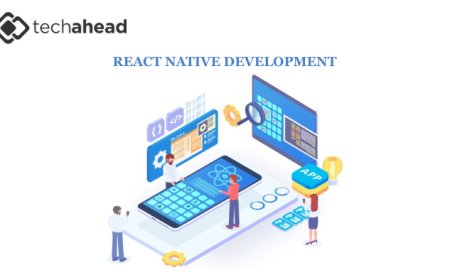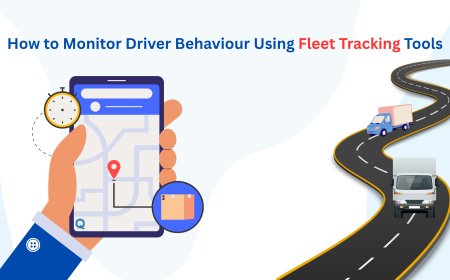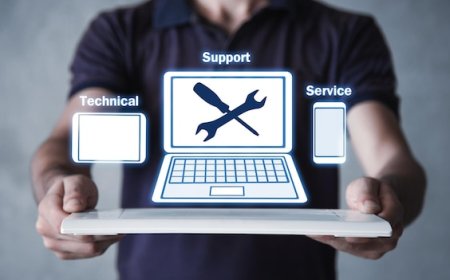Inside the Fem‑Tech Boom: The Data, The Dollars, and The Demand
Inside the Fem‑Tech boom: explore the data driving menstrual tracking, the dollars fueling maternal health innovation, and the skyrocketing consumer demand.

When was the last time you felt truly seen by health technology?
If youve ever fumbled through a generic symptom checker or felt like a number on a cold, hospital database, youre not alone. For decades, womens health was shoehorned into one?size?fits?all solutions built by and for someone else. But in the last few years, a new wave of innovation has changed the game: Fem?Tech. Lets take a stroll through the numbers, dollars, and heartfelt demand fueling this revolution in maternal care, menstrual tracking, and beyond.
From Kitchen Table Ideas to Billion?Dollar Valuations
It started around a kitchen table in my friend Priyas case, as she tried to track her erratic cycle with colored pens on a planner. She wasnt looking for data; she was looking for peace of mind. But when a friend suggested a menstrual tracking app that sent her reminders, charted symptoms, and even flagged potential medical bias in her doctors notes, Priya was hooked.
Thats the consumer?centric magic of Fem?Tech: it starts with a human frustration and builds technology around it. And boy, is the market noticing. According to recent reports, Fem?Tech valuations have skyrocketed well past the $50?billion mark, with projections pointing to continued market growth at double?digit rates over the next five years.
The Data Speaks: Why Numbers Matter
You may wonder why tracking period cramps or remote monitoring of maternal health is such a big deal. Heres the thing: womens bodies are complex, and health technology has historically treated us like statistical outliers.
- Menstrual Tracking: Over 1?billion women worldwide use apps to log their cycles capturing not just dates, but moods, pain levels, and even spotting. This data is gold for researchers and startups alike, who can analyze thousands of anonymous data points to refine algorithms, predict ovulation windows, or alert clinicians to unusual patterns.
- Remote Monitoring: From blood?pressure cuffs to wearable hydration sensors, remote monitoring tools give expectant mothers real?time insights into maternal care. Imagine a nurse in Bangalore watching your vitals as you rest at home in Mumbai access to healthcare, reimagined.
That wealth of data is dismantling gender bias in medicine. When we can pinpoint that womens heart attacks often present differently than mens, or that certain medications metabolize faster in female bodies, entire treatment protocols can shift toward more equitable care.
Dollars and Sense: Whos Investing and Why
Investors once balked at Fem?Tech, labeling it a niche fad. Fast forward to today, and venture capitalists are writing checks quicker than you can say medical bias. In 2024 alone, Fem?Tech funding surpassed $2.5?billion globally, with seed rounds for consumer?centric startups in maternal health and fertility care commanding particularly high valuations.
Why this sudden pivot? A few reasons:
- Untapped Consumer Demand: Women make up over half the population and typically manage family health decisions, yet until recently, barely 4% of digital health funding went toward womens health solutions.
- Proven ROI: Companies offering remote monitoring solutions have reported up to a 30% reduction in hospital readmissions for at?risk pregnancies.
- Regulatory Shifts: Health authorities worldwide now recognize menstrual health data as a legitimate metric in clinical studies a small change with massive implications for how Fem?Tech can partner with big pharma.
Overcoming Roadblocks: From Regulation to Trust
Of course, no revolution is without its hurdles. Privacy concerns loom large when youre logging sensitive data like cycle irregularities or blood sugar readings. Startups must navigate strict medical?device regulations, HIPAA compliance, and a skeptical audience whos seen data breaches make headlines.
The best players in the space counter these challenges by:
- Embracing end?to?end encryption and transparent data?usage policies.
- Partnering with accredited medical institutions to validate their algorithms.
- Running community?driven research studies to build trust because nothing beats hearing an app changed someones life.
Whats Next? The Future of Fem?Tech
As we look ahead, three exciting trends stand out:
- AI?Powered Personalization: Imagine an app that adapts its advice based on your ancestry, lifestyle, and real?time vitals.
- Integrated Care Platforms: One dashboard for menstrual tracking, telemedicine visits, mental?health check?ins, and postnatal support.
- Global Accessibility: Low?bandwidth solutions for rural areas, solar?powered wearables, and community?health?worker partnerships.
These innovations arent just about building cooler gadgets theyre about democratizing maternal care and womens health worldwide.
Conclusion: Joining the Fem?Tech Movement
Whether youre an aspiring IT professional, a healthcare advocate, or simply someone whos ever felt underserved by the system, theres a place for you in Fem?Tech. Start by trying one of the newer menstrual?tracking apps, keep an eye on emerging startups tackling gender bias, or explore roles in remote monitoring development.
Because at the end of the day, technology is most powerful when it listens first and in Fem?Tech, womens voices are finally being heard.





















![Top 11 Real Estate Mobile App Developers in Riyadh, Saudi Arabia [2025 Edition]](https://www.philadelphialivenews.com/uploads/images/202506/image_430x256_68621a9e48997.jpg)





















